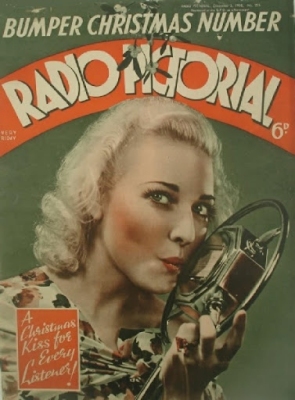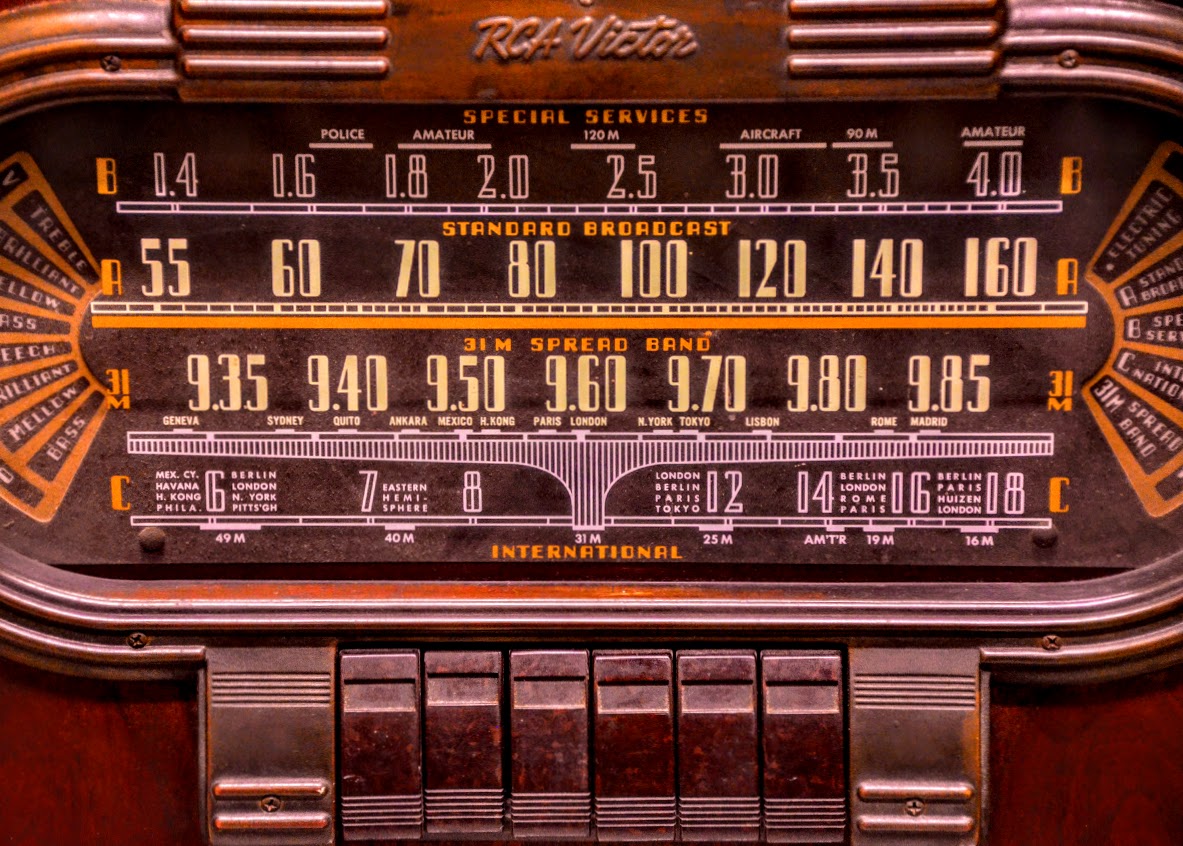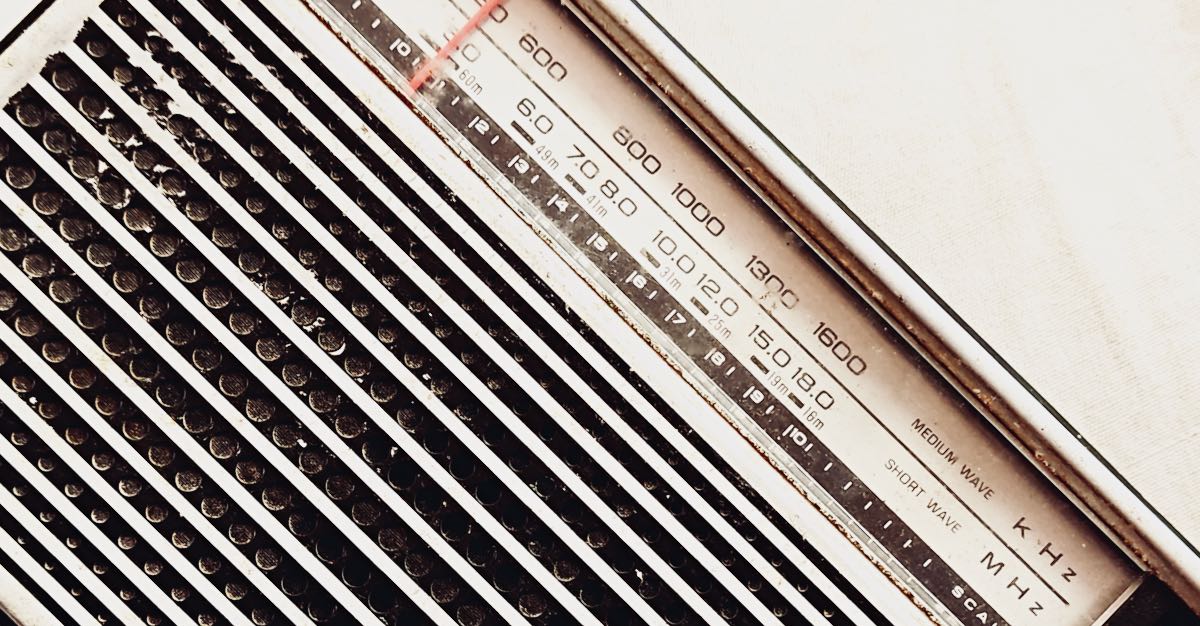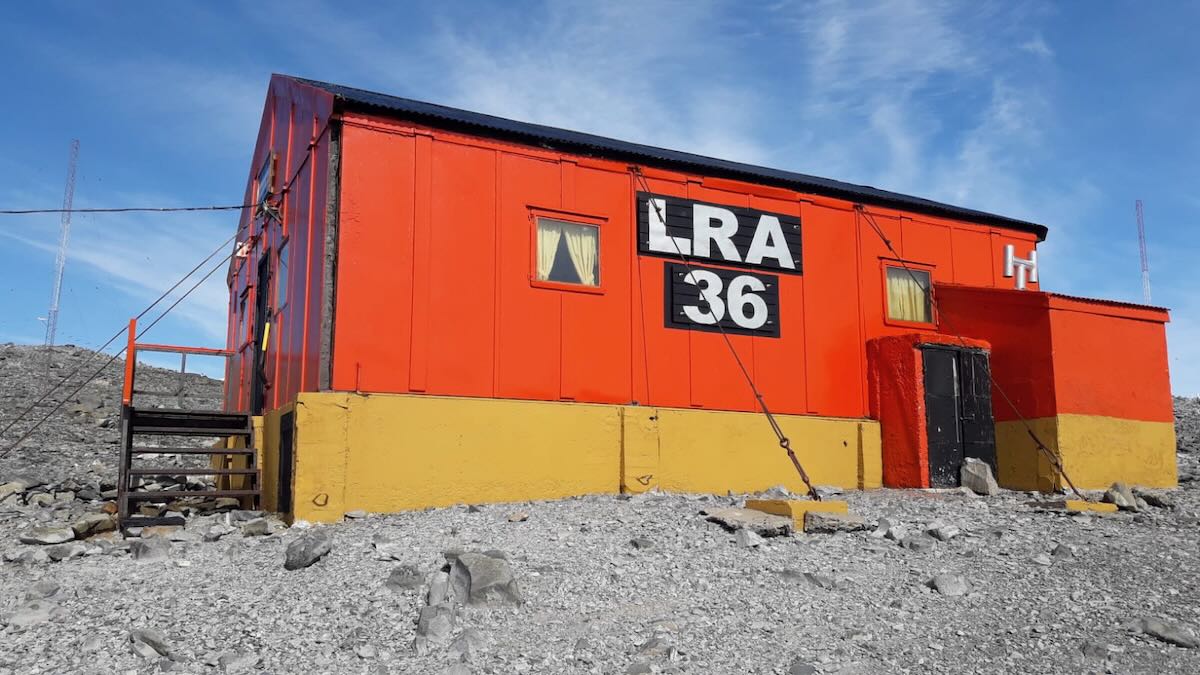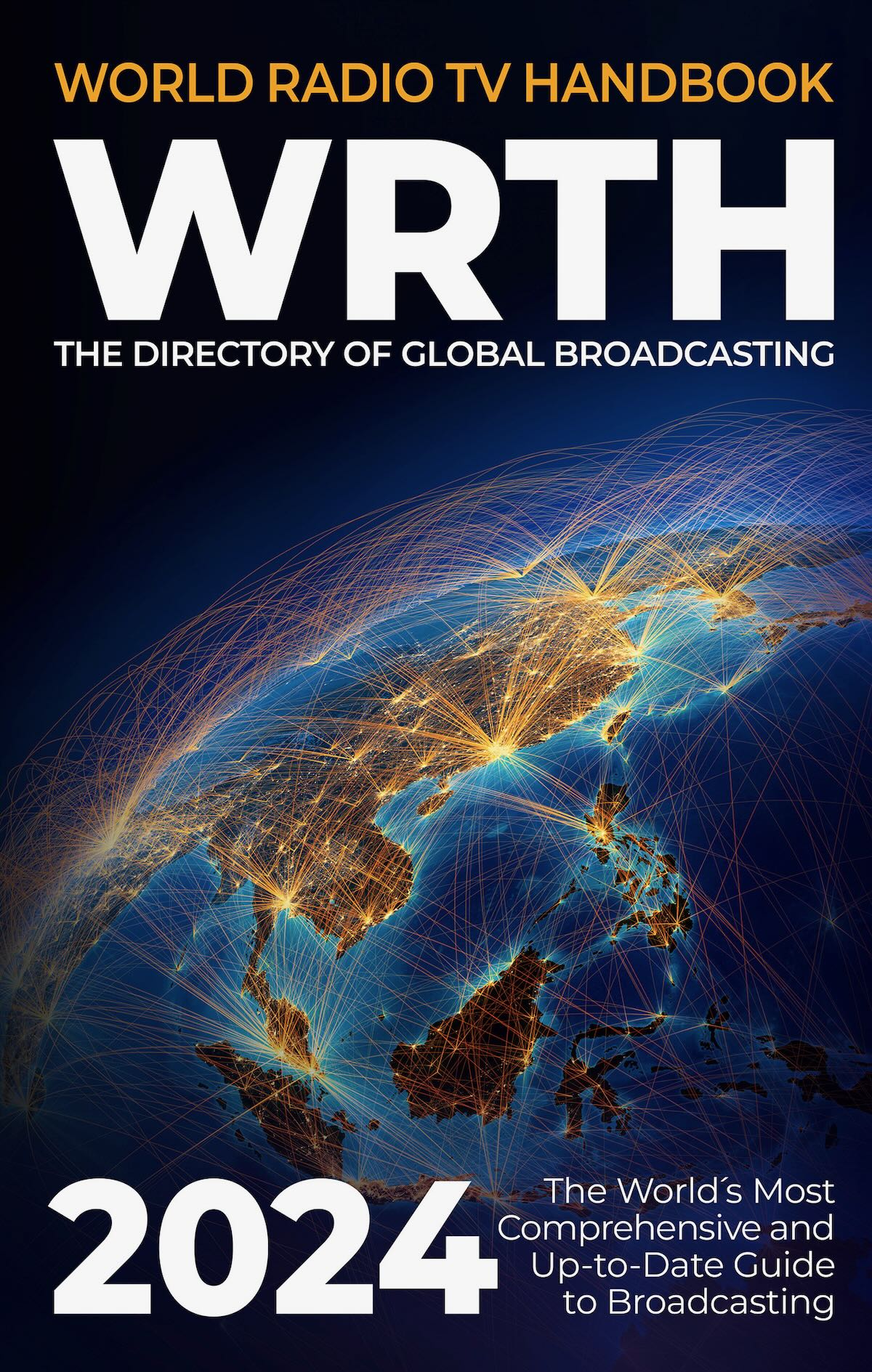 Many thanks to SWLing Post contributor, David Iurescia, who shares the following article from Radio World:
Many thanks to SWLing Post contributor, David Iurescia, who shares the following article from Radio World:
“World Radio Television Handbook” Lives On
With its comprehensive listing of radio/television stations worldwide, including their frequencies and general program content, the “World Radio Television Handbook” has been an essential companion for broadcasting listeners and radio professionals.
So when publisher Nicholas Hardyman announced that the 2022 edition of the WRTH would be the last, many reacted in horror — but not the folks at Germany’s Radio Data Center.
[…]Because books are hard to update, Radio Data Center also offers the WRTH WebApp. It is an online version of the WRTH’s content that is easy for Radio Data Center to update on a regular basis.
“An electronic product like the WebApp doesn’t have the same problems as a book that has to be printed and shipped, because it’s available online anywhere,” said Gunter.

